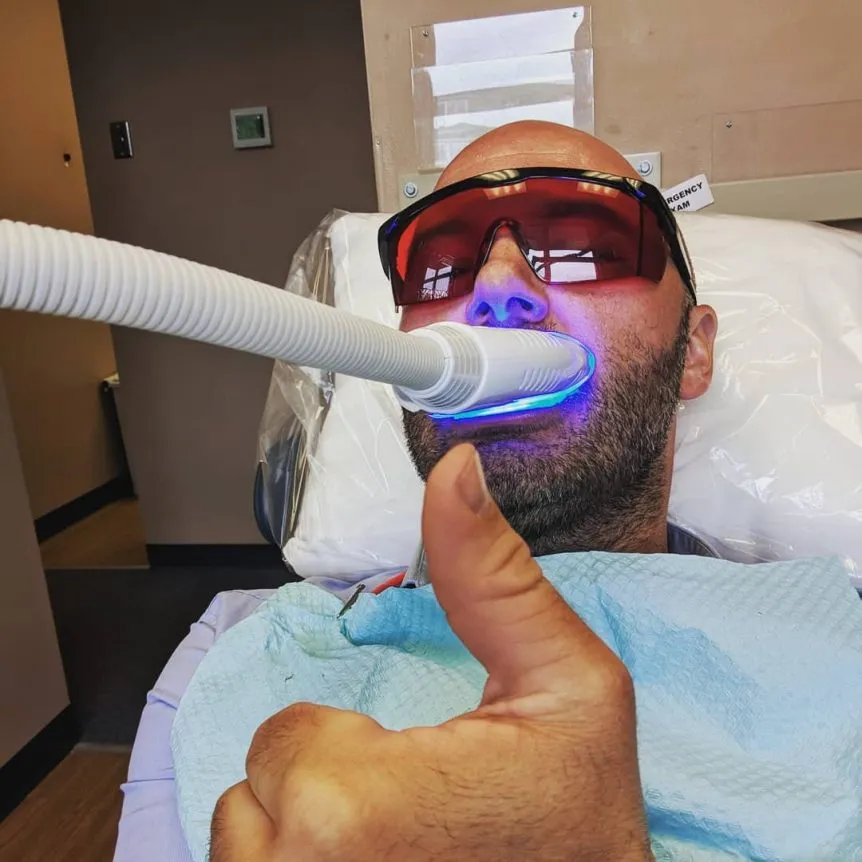What is Teeth Whitening and Why Consider It?
Teeth whitening, also known as teeth bleaching, is a cosmetic dental procedure designed to lighten the shade of your teeth. It’s one of the most popular cosmetic treatments, as it can significantly improve the appearance of your smile. The appeal of teeth whitening lies in its ability to quickly and effectively remove stains and discoloration caused by factors such as coffee, tea, red wine, and smoking. Beyond aesthetics, whiter teeth can boost self-confidence and create a more youthful appearance. If you’re looking to enhance your smile and are considering teeth whitening, understanding the associated costs and whether your insurance can help cover them is crucial.
Common Teeth Whitening Methods Explained
There are several methods available for teeth whitening, each varying in terms of effectiveness, cost, and the degree of professional involvement. These methods generally use bleaching agents, most commonly hydrogen peroxide or carbamide peroxide, to break down stain molecules. Some popular methods include in-office treatments, which are performed by a dentist and often yield the most dramatic results in a single visit. At-home kits, available over-the-counter or prescribed by a dentist, offer a more gradual approach and are typically more budget-friendly. These kits include whitening strips, gels applied with custom trays, and whitening toothpastes. The choice of method often depends on the individual’s specific needs, the severity of the discoloration, and their budget. Regardless of the method chosen, it’s important to consult with a dentist to determine the best approach for your specific situation and ensure the safety and effectiveness of the treatment.
In-Office Whitening vs. At-Home Kits
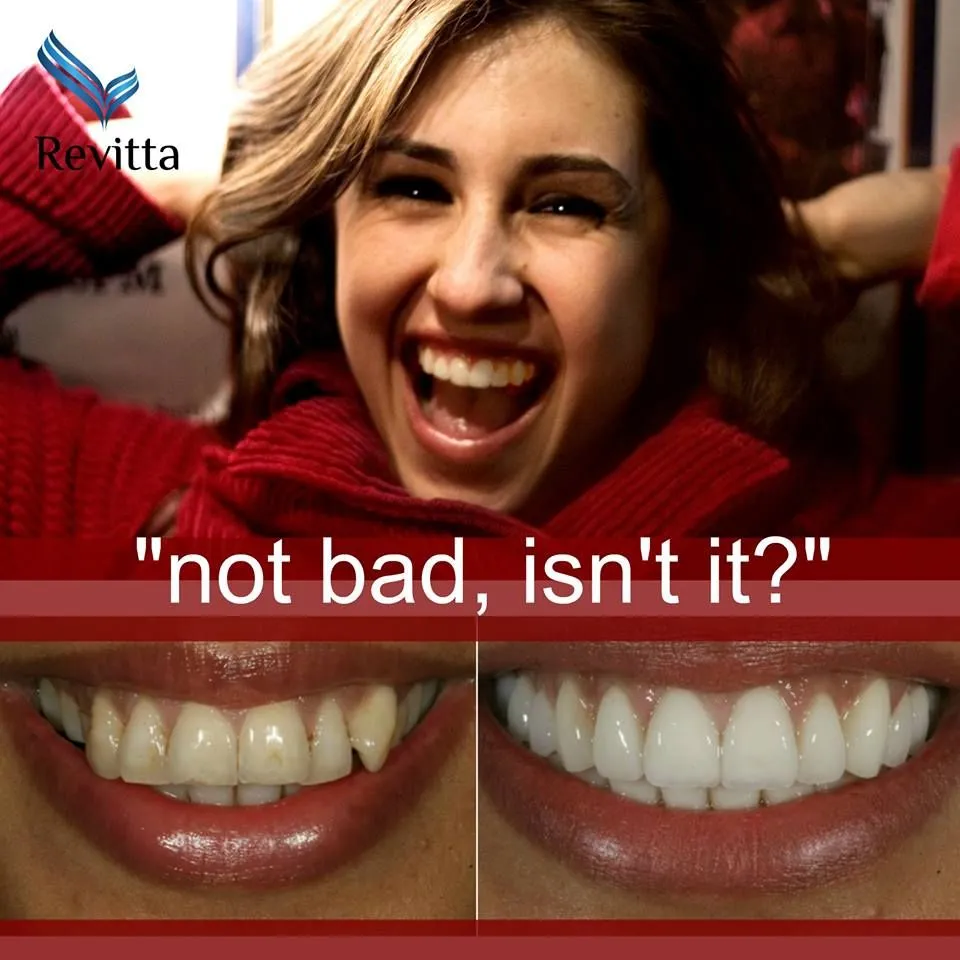
In-office teeth whitening is a professional treatment performed by a dentist in their clinic. It typically involves a stronger concentration of bleaching agents than at-home kits, leading to faster and more noticeable results. The procedure usually takes about an hour and involves the application of a protective barrier to the gums, followed by the application of the whitening agent. A special light or laser may be used to enhance the bleaching process. The main advantage of in-office whitening is its speed and the immediate improvement in the teeth’s appearance. However, this method is generally more expensive than at-home kits. At-home kits, on the other hand, are a more convenient and affordable option. These kits come in various forms, such as whitening strips, trays with gel, and whitening toothpastes. While they offer a more gradual whitening effect, they are a cost-effective way to improve the brightness of your smile. Consulting with your dentist helps determine the best option depending on the desired result and budget.
Does Insurance Cover Teeth Whitening? The Reality
The reality of insurance coverage for teeth whitening is often disappointing for those seeking to brighten their smiles. In most cases, dental insurance plans classify teeth whitening as a cosmetic procedure, and therefore, it is typically not covered. Cosmetic treatments are generally considered elective procedures, meaning they are not deemed medically necessary to maintain oral health. However, there are exceptions, and the extent of coverage depends heavily on the specific insurance plan, the provider, and the circumstances. It is essential to understand the nuances of your policy and to investigate potential options that might provide some level of financial assistance. For instance, some plans may cover whitening if it is deemed medically necessary due to a specific condition or if it is part of a larger treatment plan. However, this is rare. Always check with your insurance provider for the most accurate and up-to-date information about your plan’s specific coverage details.
Factors Influencing Insurance Coverage for Teeth Whitening
Several factors influence whether your dental insurance might cover teeth whitening. The primary determinant is the type of insurance plan you have. Some plans, particularly those with more comprehensive coverage, might offer limited benefits for cosmetic procedures. The specific details of your policy, including the exclusions and limitations, play a crucial role. Reviewing your policy documents carefully will help you understand what is covered and what isn’t. Another important factor is the medical necessity of the procedure. If the teeth whitening is deemed medically necessary due to a specific condition, such as discoloration caused by a medical treatment or a dental injury, there might be a higher chance of coverage. The insurance provider’s guidelines and the details of your dental plan will ultimately determine if the procedure qualifies for coverage. It is always essential to communicate directly with your insurance provider to clarify your specific coverage situation before undergoing any teeth whitening treatment. Consider if your current plan would consider upgrading.
Types of Dental Insurance Plans and Their Coverage
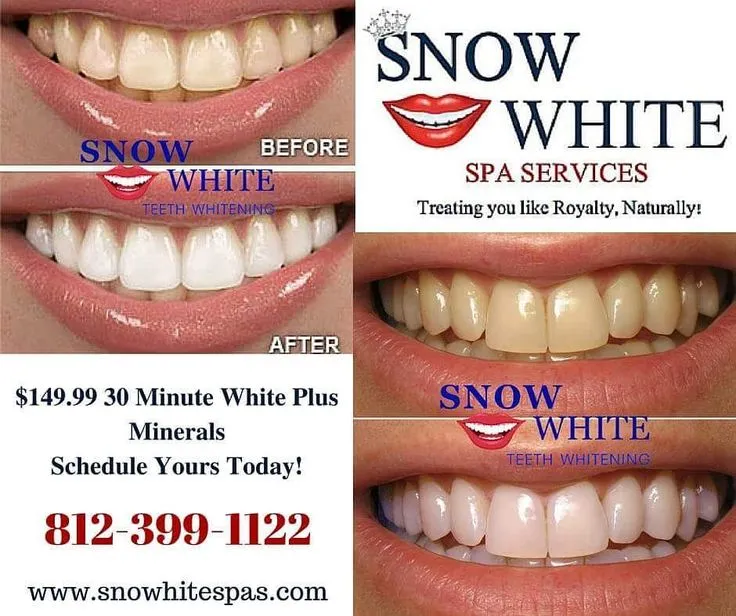
Different types of dental insurance plans offer varying levels of coverage. Understanding the different plans and their typical coverage can help you assess your options. Some plans offer broader coverage, while others focus on basic dental care and preventive services. The type of plan you have directly impacts the likelihood of having teeth whitening covered.
PPO Plans
Preferred Provider Organization (PPO) plans are one of the most common types of dental insurance. They offer a balance of flexibility and cost. PPO plans allow you to visit any dentist, but you typically receive higher coverage and pay less out-of-pocket when you choose a dentist within the plan’s network. PPO plans often cover a portion of cosmetic procedures, although coverage for teeth whitening is usually limited. Always review your specific PPO plan to understand its limitations and coverage details. While some PPO plans may offer some cosmetic coverage, it’s not guaranteed. It’s advisable to check with your provider to understand the specifics before proceeding.
HMO Plans
Health Maintenance Organization (HMO) plans usually offer lower premiums but come with more restrictions. You must choose a primary care dentist within the plan’s network and get referrals to see specialists. HMO plans generally have less coverage for cosmetic procedures compared to PPO plans. Teeth whitening is rarely covered under HMO plans unless deemed medically necessary. HMO plans are designed to focus on preventative care. They can be a good option for those looking to minimize their monthly costs but may require more careful consideration when it comes to elective procedures like teeth whitening.
Dental Discount Plans

Dental discount plans aren’t insurance but offer discounted rates on dental services. These plans provide access to reduced fees for various dental procedures, including teeth whitening. They typically involve paying an annual fee to access a network of dentists who provide services at a reduced cost. While dental discount plans can make teeth whitening more affordable, they don’t offer the same coverage as traditional insurance. These are great options for someone with no insurance, or as an additional insurance. Always check with your dental provider to understand the specifics before proceeding.
How to Determine If Your Plan Covers Teeth Whitening
If you’re considering teeth whitening and want to know if your insurance covers it, there are several steps you can take. The process involves gathering information, understanding your policy, and contacting your insurance provider to get clarity. This will help you to be better prepared and make informed decisions about your dental care and finances. Taking the right steps can significantly affect your financial planning for this cosmetic procedure.
Review Your Policy Details
The first step is to carefully review your dental insurance policy documents. Look for sections that outline coverage for cosmetic or elective procedures. Pay close attention to the exclusions and limitations, as these will specify what is not covered. Your policy may have specific clauses regarding teeth whitening, such as whether it is considered a covered benefit or is subject to a waiting period. Knowing the details of your policy will give you a clear understanding of what is and is not covered. If you can’t find the specific information in your policy, you can contact your insurance provider for assistance.
Contact Your Insurance Provider
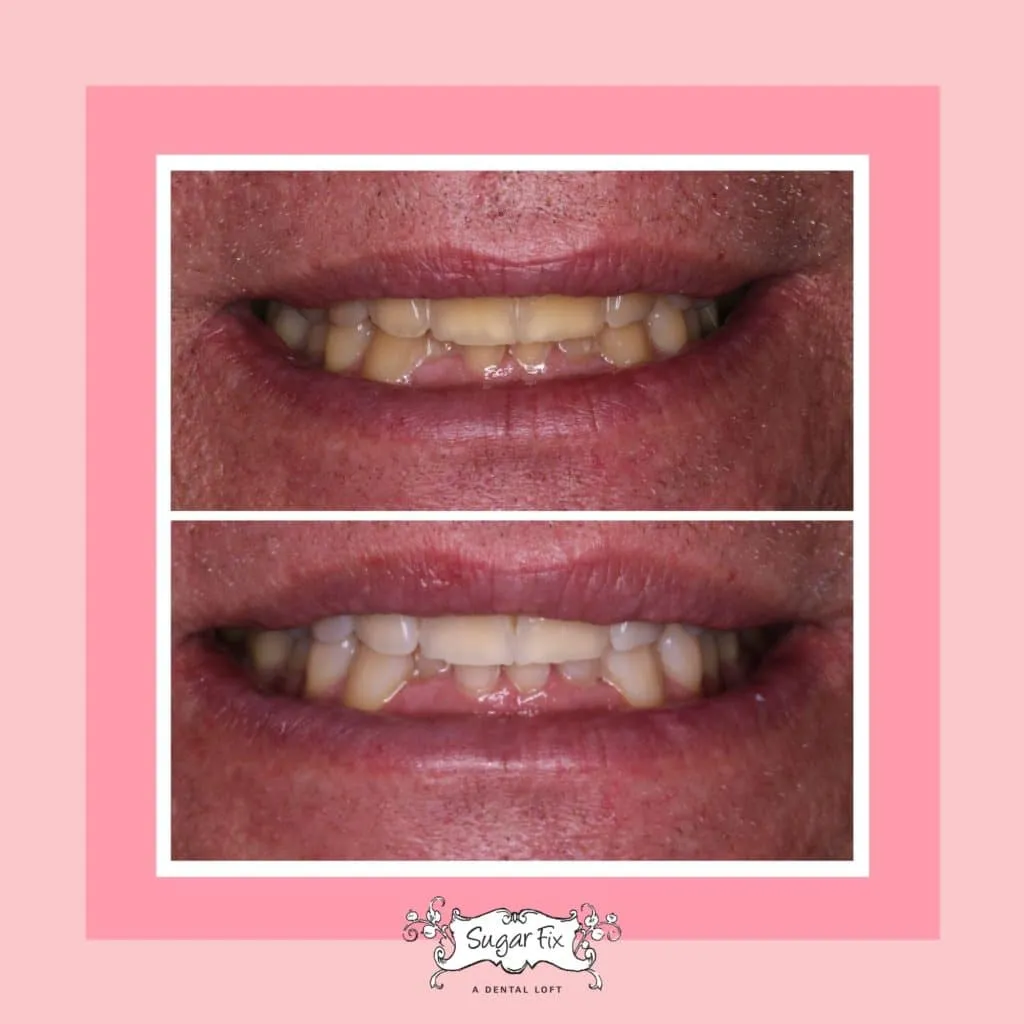
The best way to get accurate information about teeth whitening coverage is to contact your insurance provider directly. You can usually find a customer service number on your insurance card or on their website. When you call, be prepared to provide your policy details and ask specific questions about teeth whitening coverage. Inquire about any requirements, such as pre-authorization or documentation from your dentist. Document the date, time, and name of the representative you speak with, as well as the answers you receive. This documentation can be useful if any disputes arise later. Getting information directly from your insurance company helps you make the best decisions.
What to Do If Your Insurance Doesn’t Cover Whitening
If you find that your insurance doesn’t cover teeth whitening, don’t worry, you still have options. There are alternative methods and financial solutions that can help you achieve your desired results without breaking the bank. It’s important to explore all the available possibilities. There are different paths you can take, depending on your budget and personal preferences. Make an informed decision by weighing the advantages and disadvantages of each solution. Consider the long-term value and how each option aligns with your oral health goals.
Alternative Options for Teeth Whitening
Even without insurance coverage, you can still explore alternative options for teeth whitening. Many over-the-counter products can help improve the appearance of your teeth at home. These include whitening toothpaste, strips, and gels. These products are generally less expensive than professional treatments, making them an accessible option for many. Another option is to consult your dentist about professional whitening options. Your dentist might suggest in-office treatments or at-home kits with custom-fitted trays. These professional options often produce more significant results than over-the-counter products, and your dentist can monitor the process to ensure the safety and effectiveness of the treatment. Explore these different options to find the best fit for your needs. Consider your budget and the desired level of whitening when making your choice.
Payment Plans and Financing
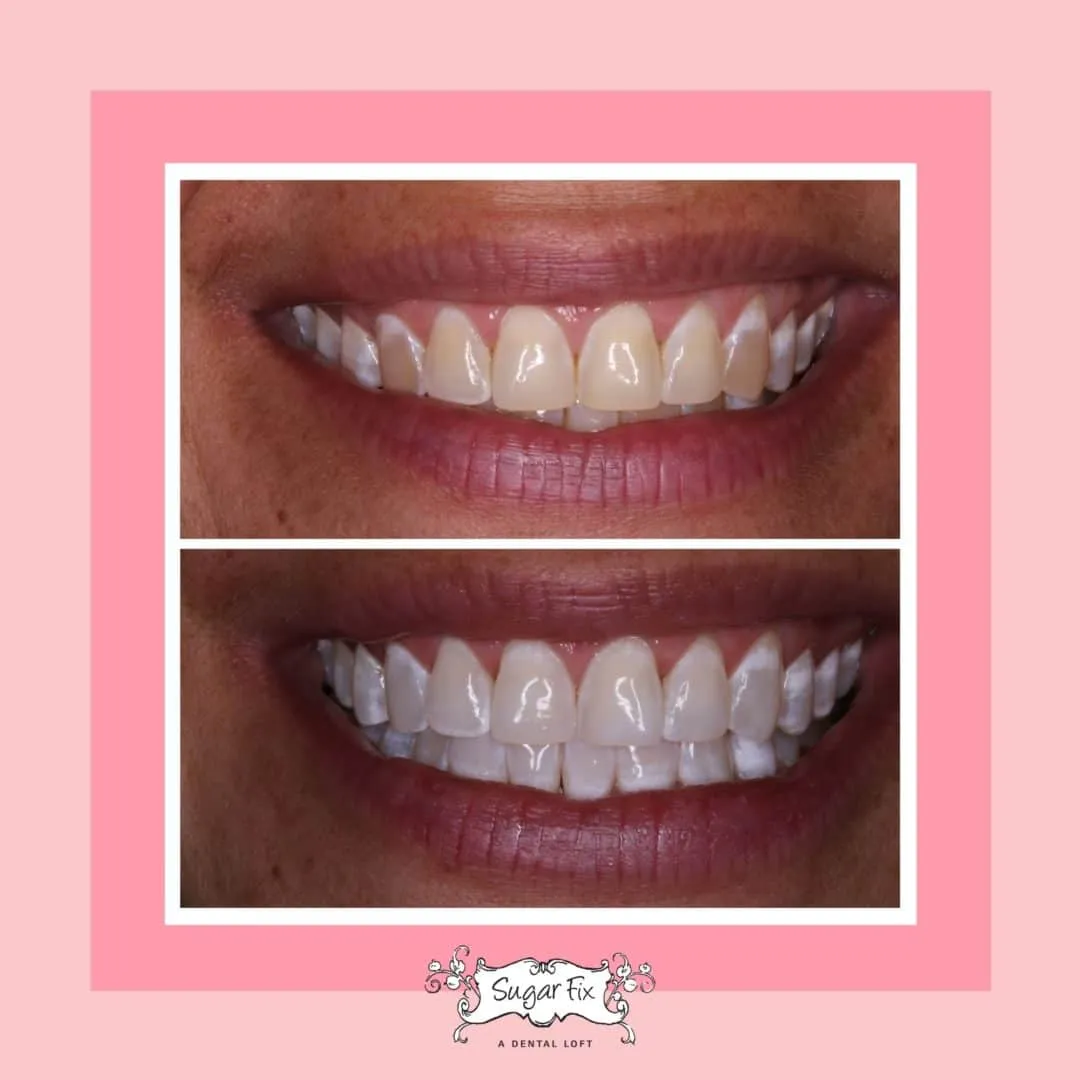
If your insurance does not cover teeth whitening, you may want to explore payment plans or financing options. Many dental practices offer payment plans that allow you to spread the cost of treatment over time, making it more manageable. Another option is to consider a healthcare credit card, which is specifically designed for medical and dental expenses. These cards often come with promotional financing options, such as interest-free periods, which can help reduce the overall cost. Be sure to understand the terms and conditions of any payment plan or financing option, including interest rates, fees, and repayment schedules. By exploring these options, you can make teeth whitening more affordable.
Conclusion The Bottom Line on Insurance for Teeth Whitening
In conclusion, while teeth whitening is a popular cosmetic procedure, insurance coverage is often limited. Most dental insurance plans consider teeth whitening an elective procedure and do not provide coverage. However, understanding your specific insurance plan is crucial. Review your policy documents, and contact your insurance provider directly to clarify your coverage details. If your insurance does not cover teeth whitening, explore alternative options such as over-the-counter products or consider professional treatments. Payment plans and financing can make teeth whitening more affordable. Although insurance coverage is rare, you can still achieve a brighter smile by understanding your options and planning accordingly. Consult with your dentist for personalized advice. You can enhance your smile and boost your confidence with a well-informed approach.
